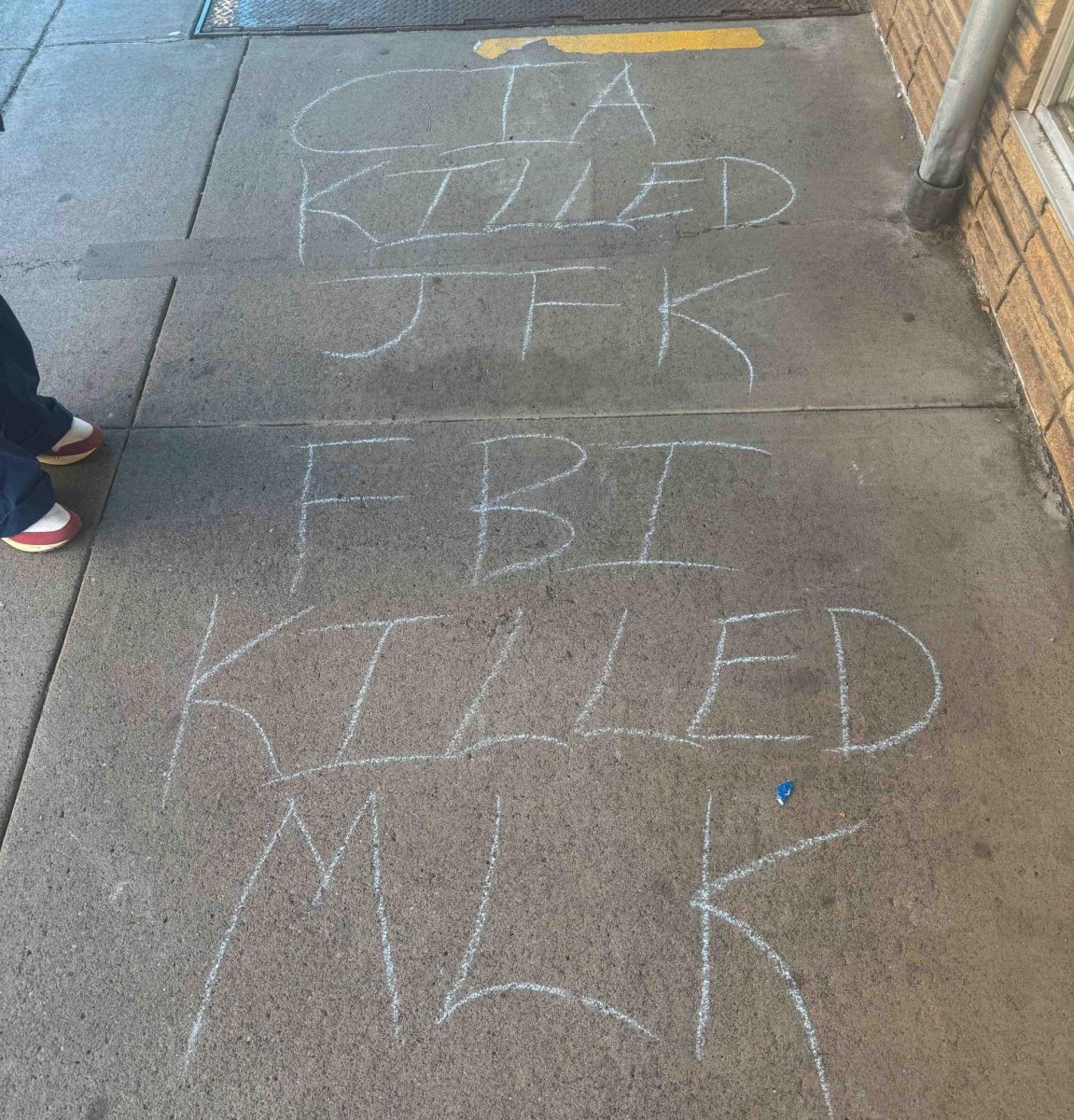The cost of a Whitman education is high. That fact is indisputable. However, without Whitman’s approximately $400 million endowment, tuition would cost about 30 percent more.

An endowed fund is a sum of money, small or large, that is gifted to a college or university that will be kept forever and used to make additional income for its designated recipient program. There are four types of endowments that can be given to Whitman: unrestricted, designated fund, scholarship, and professorships and chairs.
Peter Harvey, treasurer and chief financial officer of the college, said in an email, “[At Whitman, endowments] provide financial aid to students, they help pay faculty salaries and fund new faculty positions, they buy library books, they bring in visiting speakers, and some of them are unrestricted: They subsidize the general educational expenses of the college so not as much in tuition has to be charged.”
These uses of endowment money are decided by the donors––alumni, parents and friends of Whitman College who make the decision to support the school philanthropically. Some donors do not have monetary gifts to offer, but instead give the college wheat fields or farmland that now holds windmills. More abstract gifts like these are just as helpful because they raise money in their own way, in addition to diversifying the endowment portfolio.
Regardless of their type, donations from supporters of the school have always been crucial to the life of the college. When Whitman was first being established as a seminary, Reverend Cushing Eels had to rally financial support before the place could start functioning as a college.
“Whitman was established the way a lot of educational institutions in America were in the mid- to late-nineteenth century: on a vision and a dream, and without very much money,” said John Bogley, vice president for Development and College Relations.
The current fundraising campaign, “Now Is the Time,” is working to continue to find support for the institution just as Eels did over 150 years ago. Though the country has been in an economic recession now for a number of years, Whitman’s supporters have continued their philanthropic efforts, both in the form of individual donations and as wider outreach efforts.
“The economic climate the last three or four years has been challenging worldwide . . . Even in these conditions . . . we had our largest fundraising year in the fiscal year 2011, in which we raised over $15.3 million. We announced the “Now Is the Time” campaign, and at this time our gift and pledge total surpasses $106.8 million,” said Bogley.
Looking at these large amounts, Bogley knows that some of the campus community will misunderstand its purchasing power. According to Bogley, Whitman’s endowment may seem incredibly large, but to illustrate its relative size, he compares it to the endowments of other liberal arts schools that are similar to Whitman.
“Our $400 million endowment sounds like a lot until you realize that it’s a fifth the size of Pomona’s. That it’s a fifth the size of Grinnell’s,” Bogley said.
Whitman’s endowment is not as large compared to its competitors because some other colleges have existed much longer than Whitman, and have had more graduates who go on to donate over more years. A few competitor colleges have even experienced transformational moments of extremely high returns or extraordinary donations that have positively affected the size of their endowment.
In addition, Bogley and his fundraising team want students, faculty and staff to understand that there is a certain formula for how much of the endowment can be used every year. Because the goal is to preserve the purchasing power of the endowment, only five percent net spending is allowed annually. This way, the college always has enough to invest in order to make more income, but can also ensure that gifts to endowment are spent and invested in a manner that allows their value to keep pace with inflation.
However, when the college does not spend the endowment in visible ways, members of the Whitman community often voice their concerns.
“The frustration that occasionally occurs on campus is if we have so many million dollars in endowment, why can’t we get A, B and C done, all of these priorities that are really important to me, the student, or me, the staff member, or me, the faculty member . . . [But] the endowment is meant to be here in perpetuity, and that has a profound impact on how you utilize the endowment and what it’s worth,” said Bogley.
Recognizing that this sense of perpetuity is important to them, members of the Class of 2012 have decided to raise a $50,000 scholarship endowment as their senior gift. Led by Alyssa Breetwor, the senior fund takes any donations, whether it’s $25 or $2,500, which will be invested to support scholarships for students entering Whitman in 2013 and after.
Said Breetwor in an email, “Endowments are beneficial because they have durability––a perpetual stream of financial support . . . [It is] incredibly fulfilling to do something good that lasts, something that really makes a difference.”









